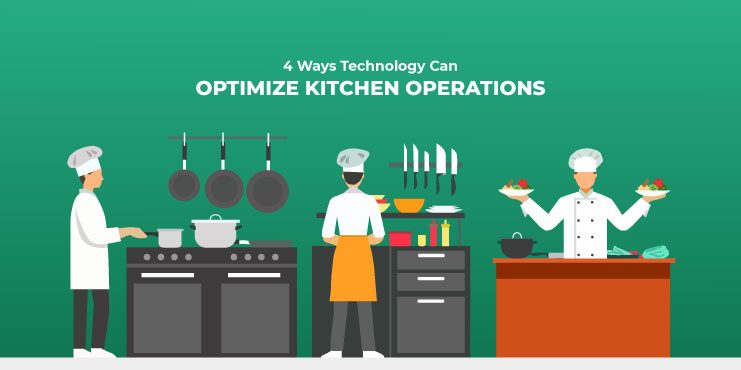Kitchen Operations SOPs (Standard Operating Procedures) are a set of documented guidelines and instructions that outline the step-by-step processes and best practices for various tasks and activities in a commercial kitchen. These SOPs aim to streamline back-of-house operations and ensure consistency, efficiency, and quality in food preparation and service.

Here are some key areas typically covered by Kitchen Operations SOPs:
